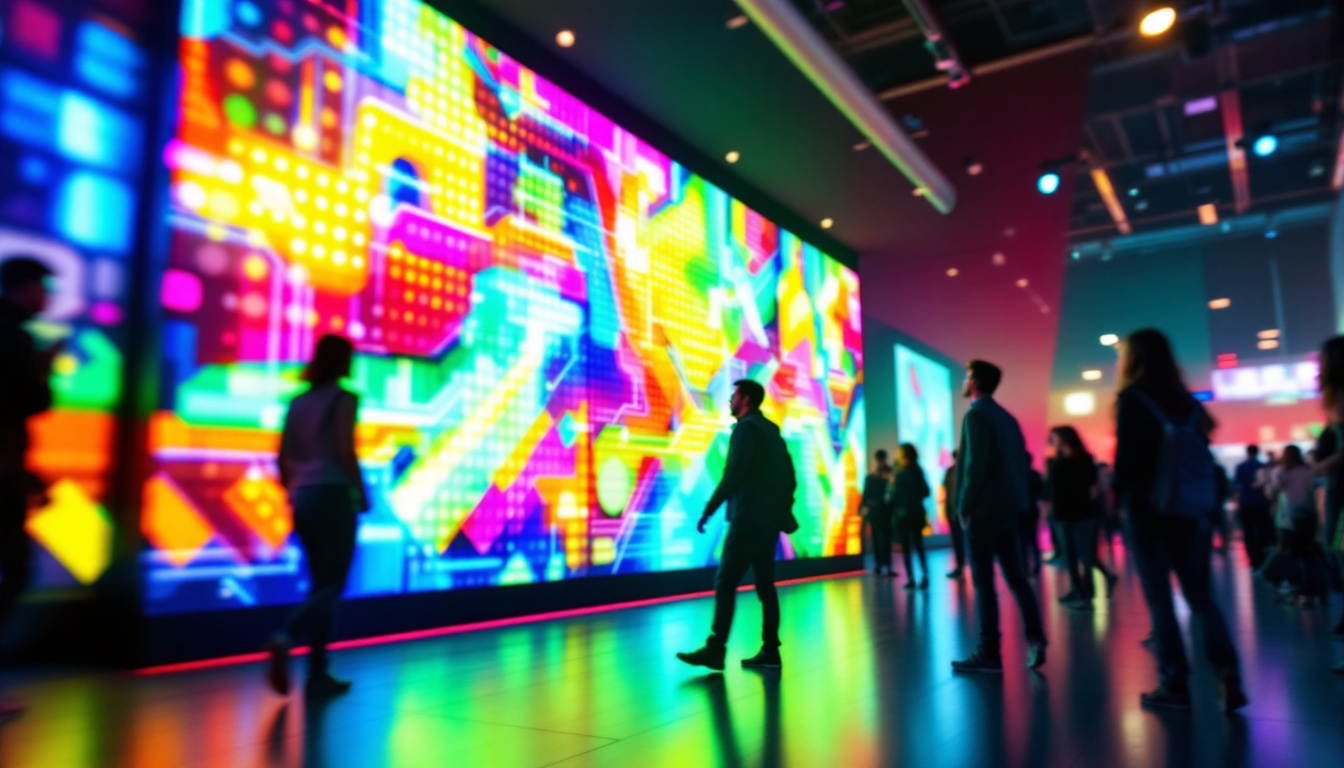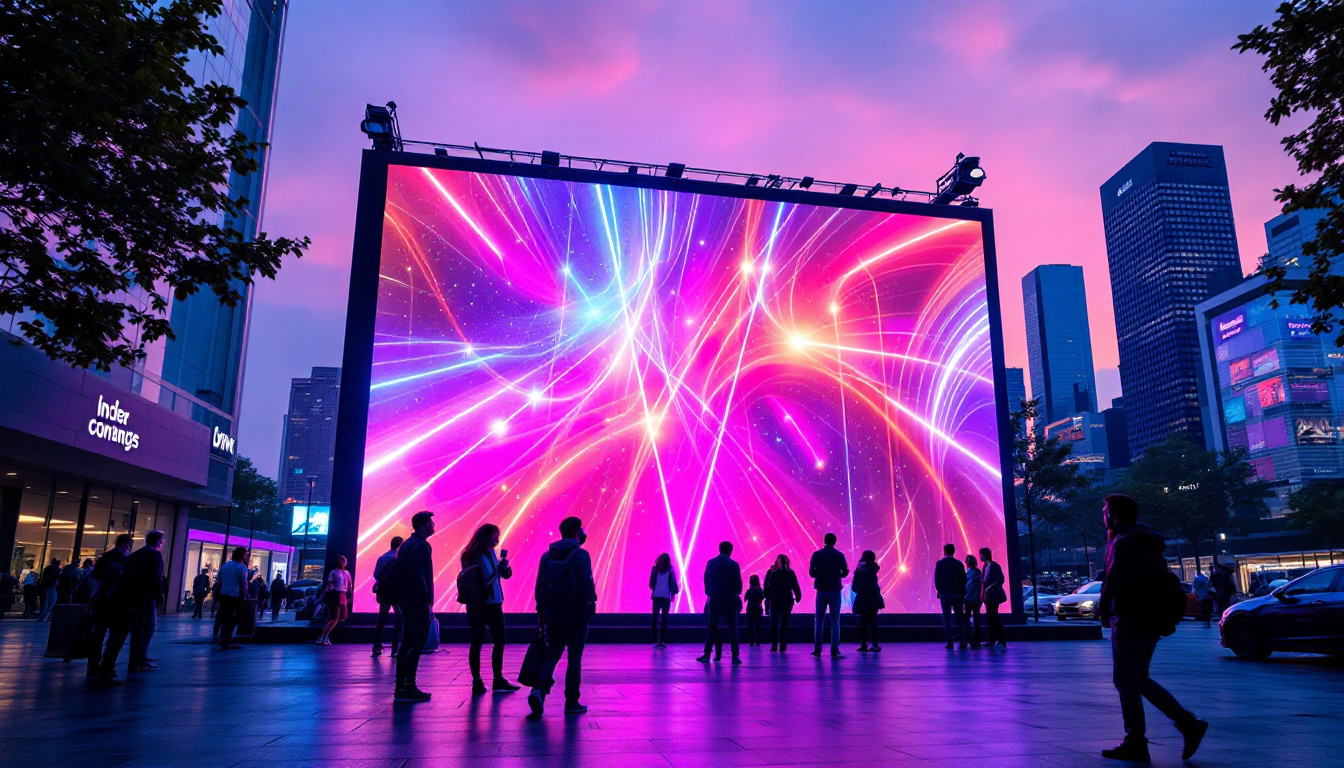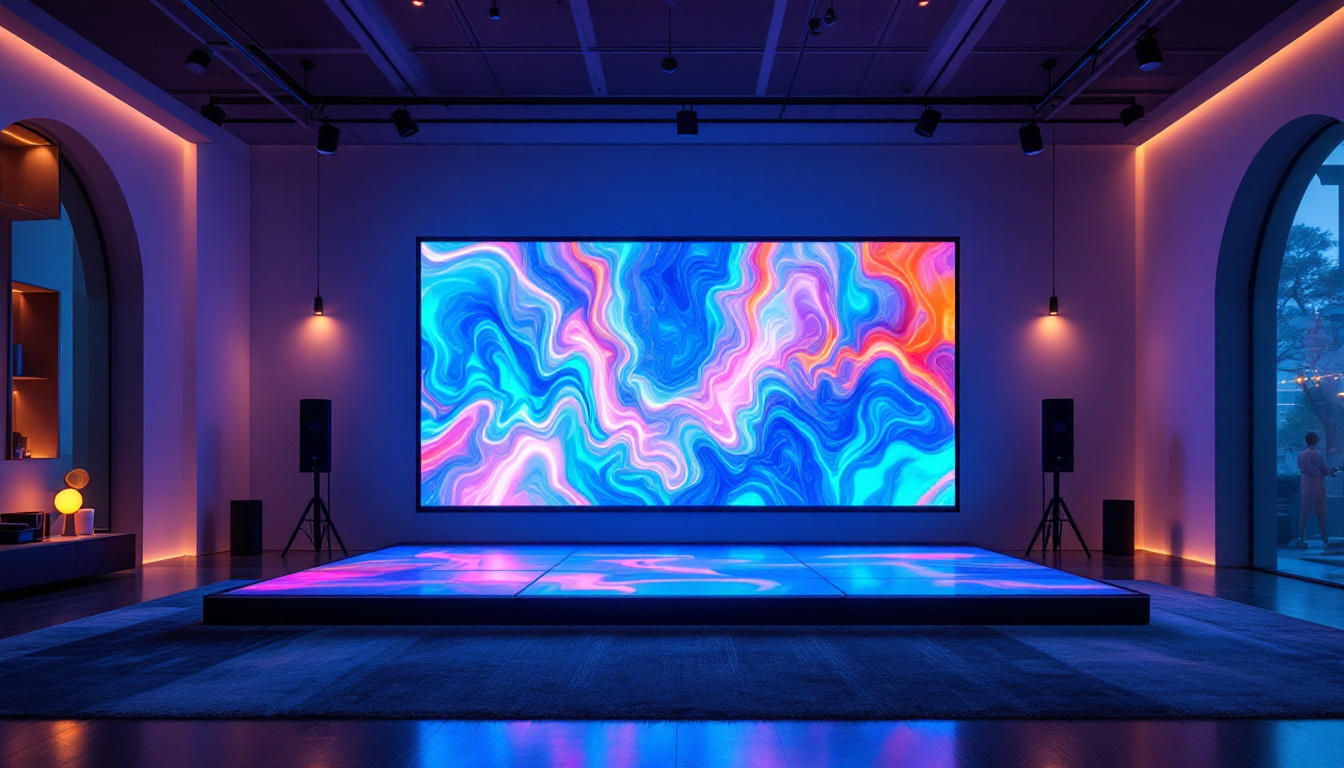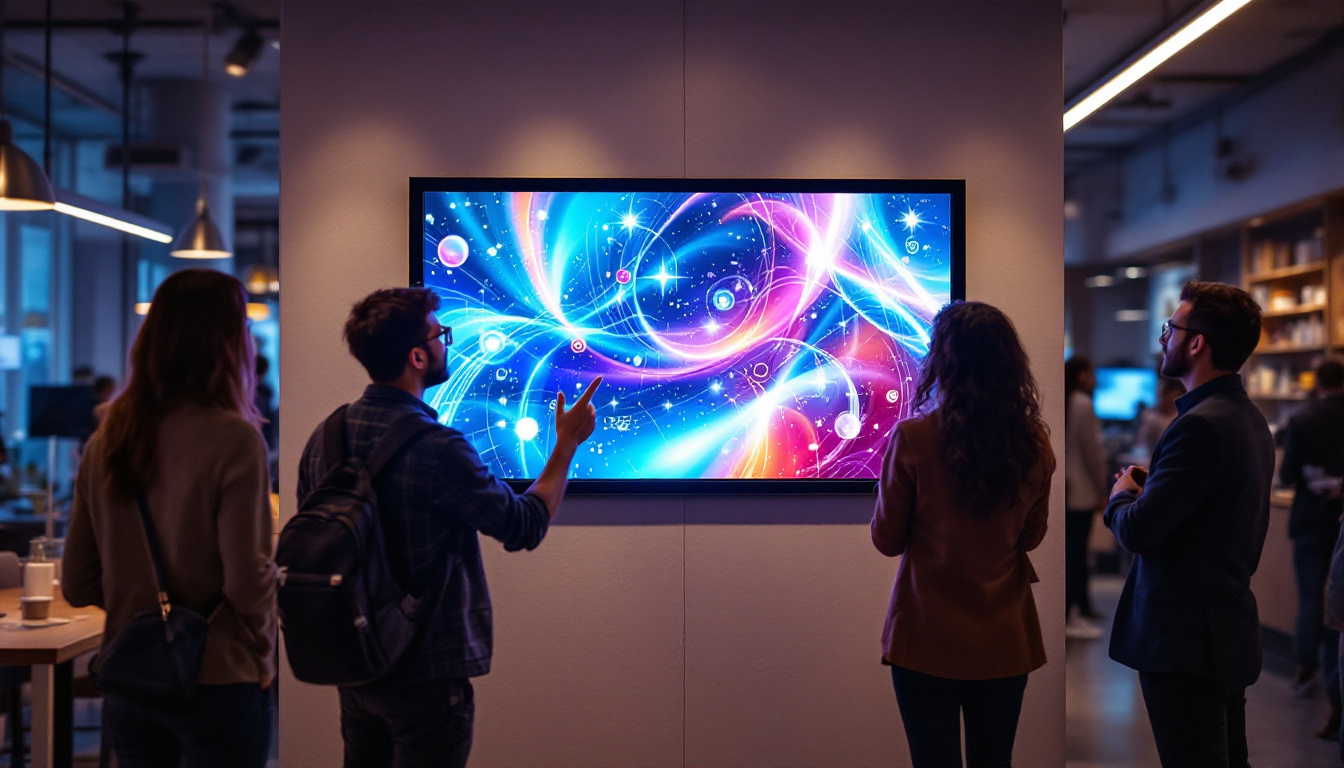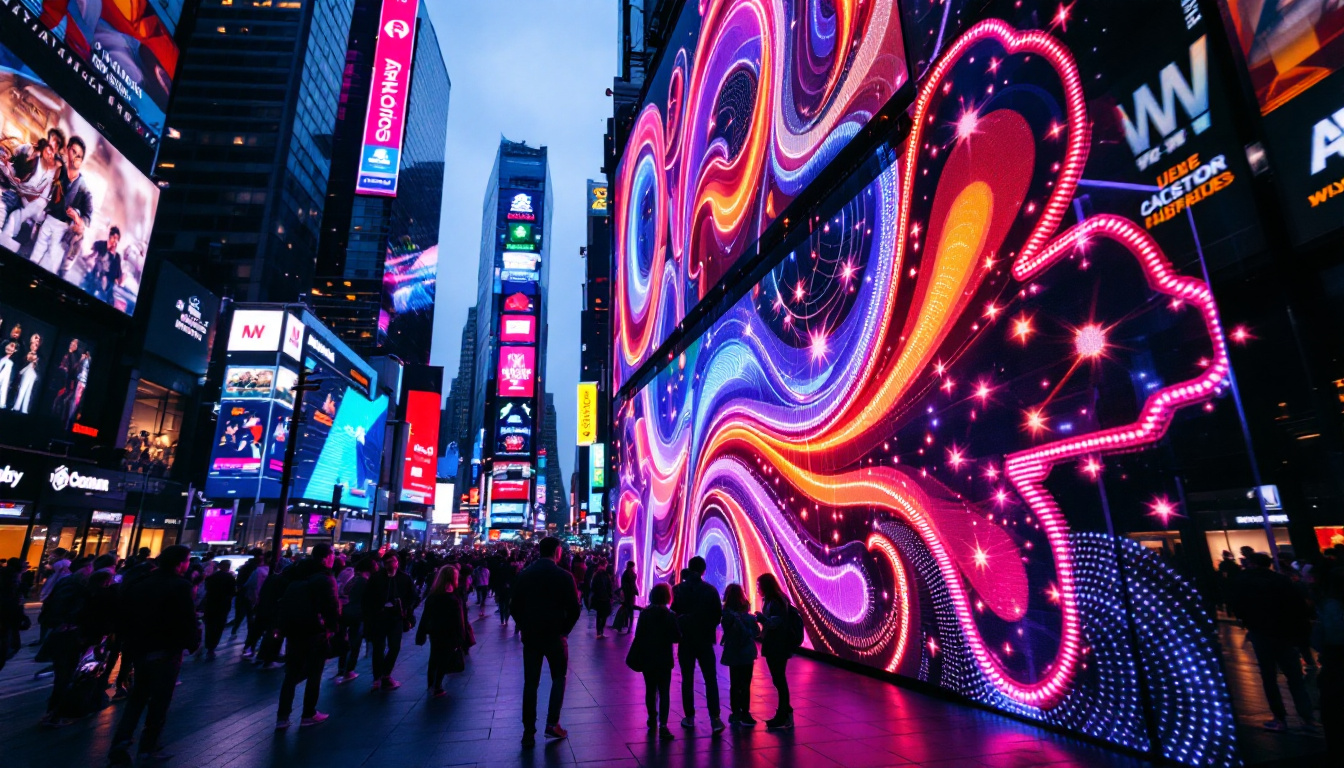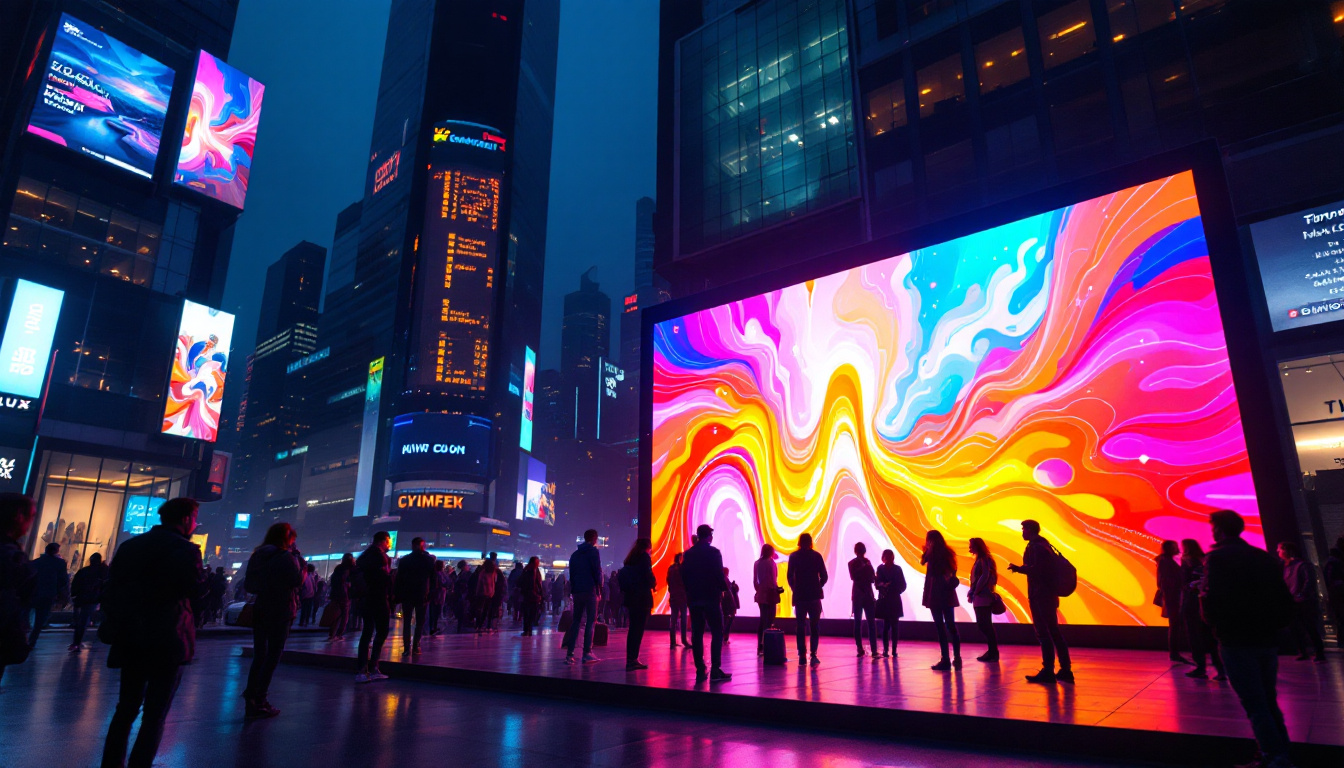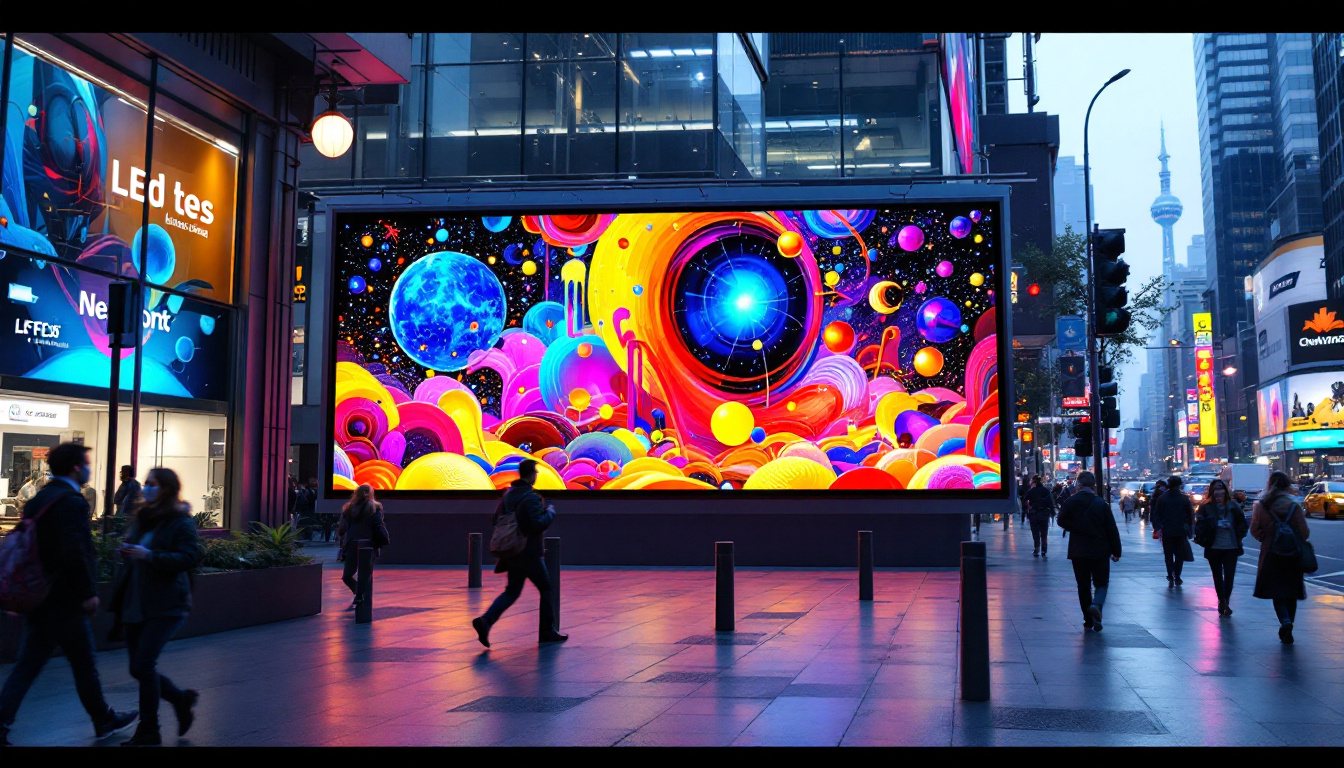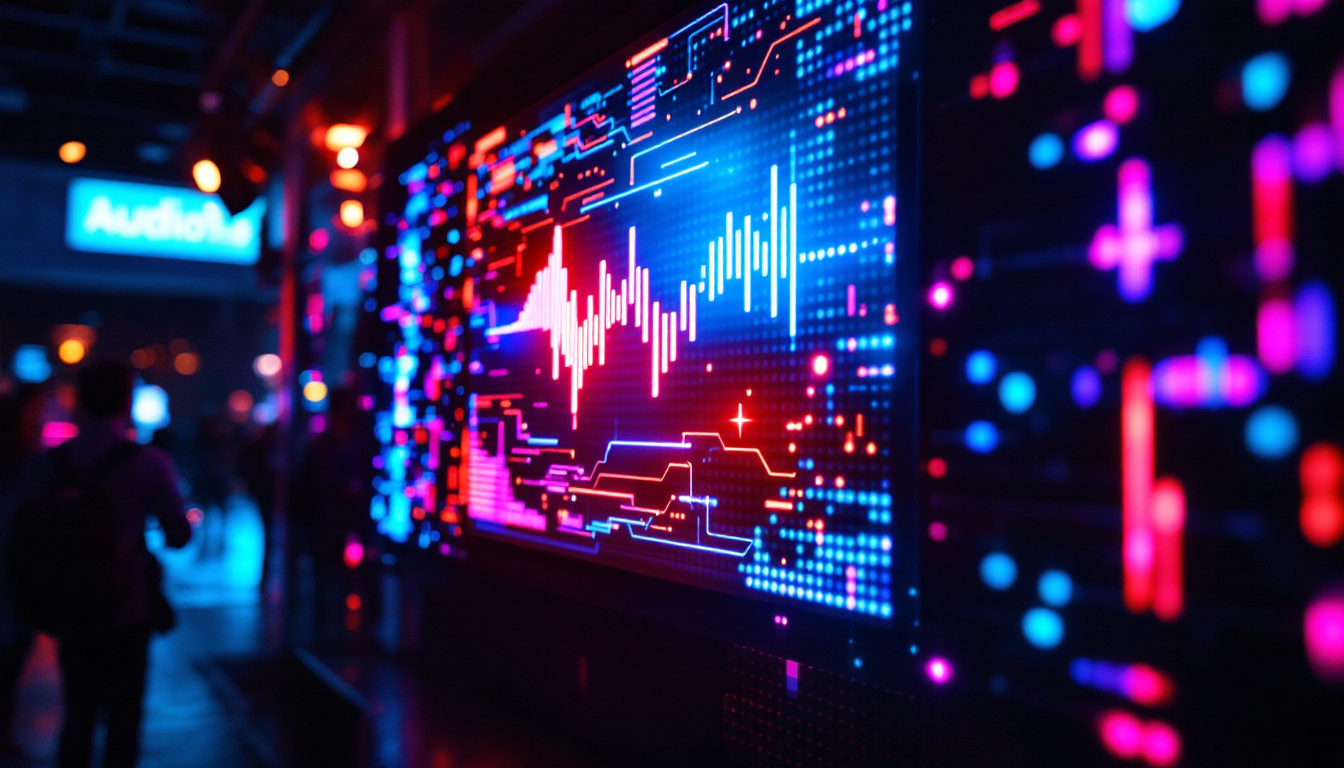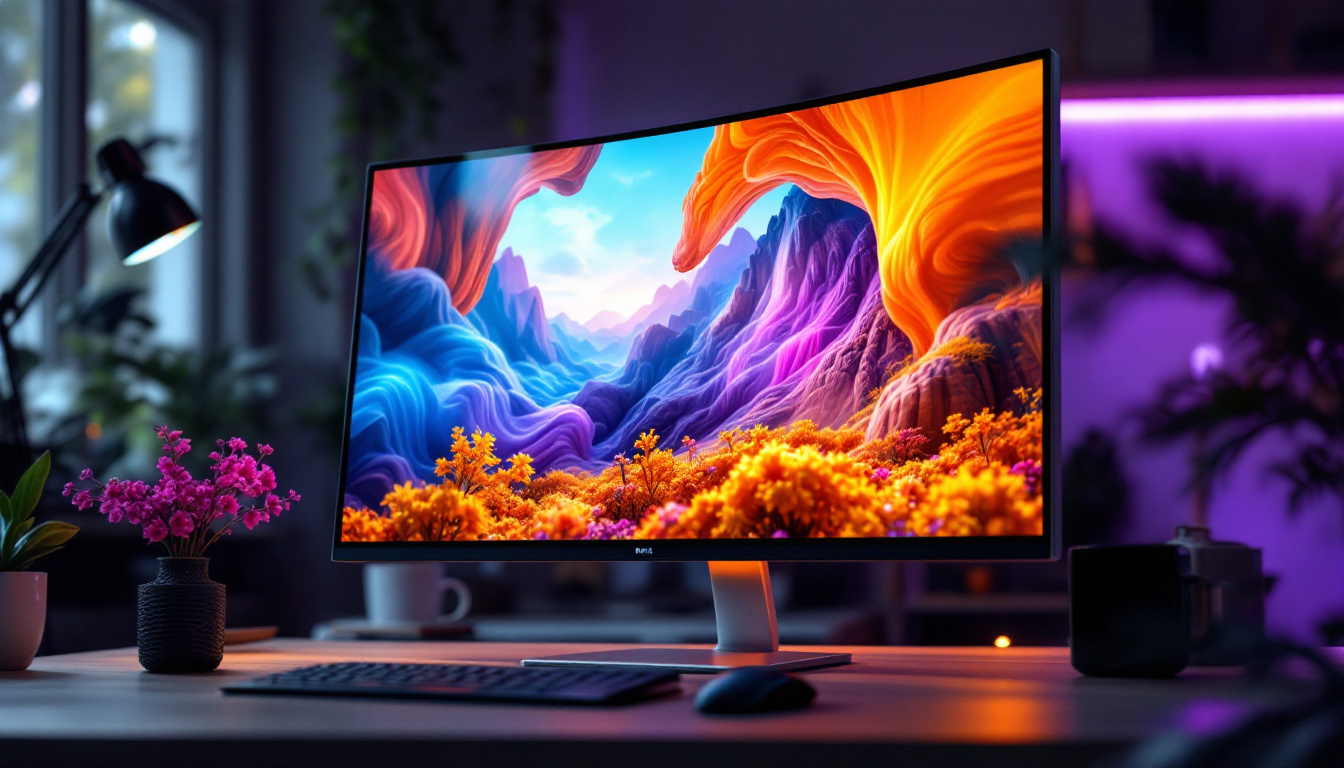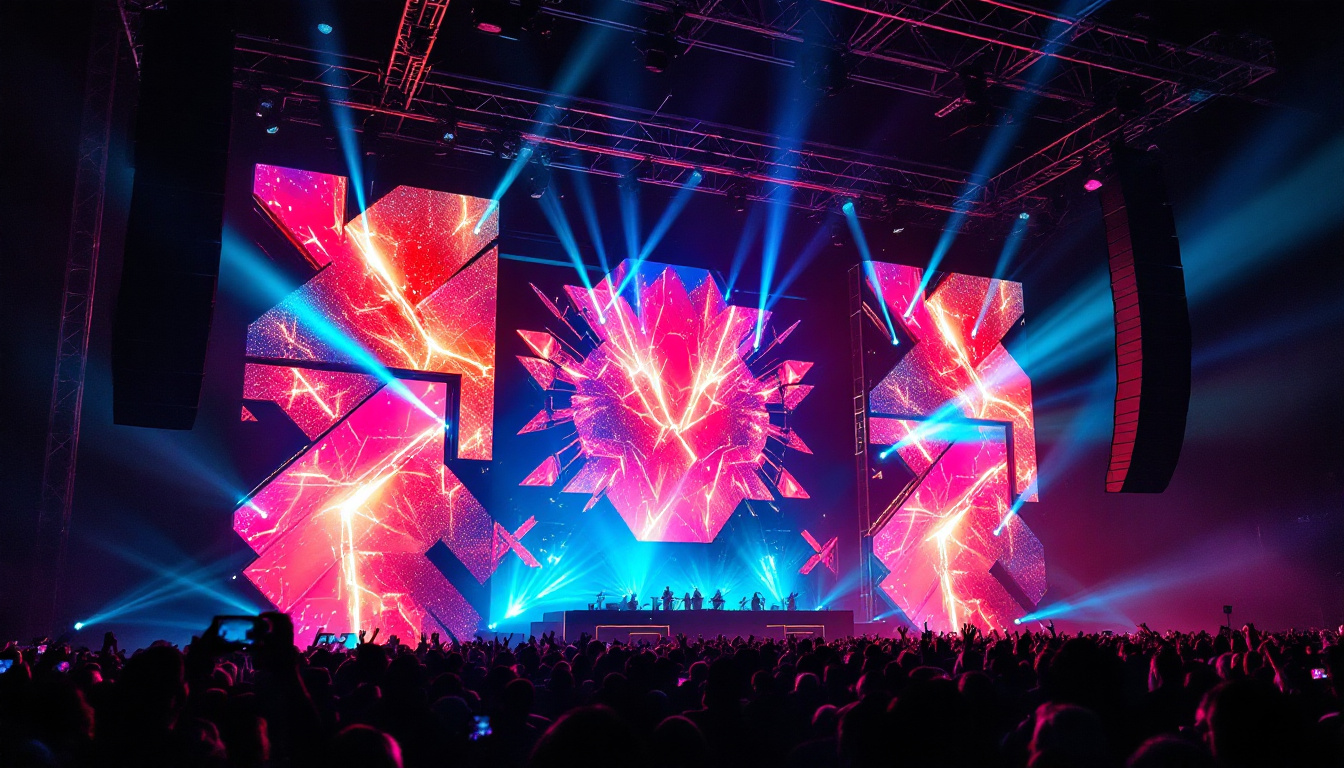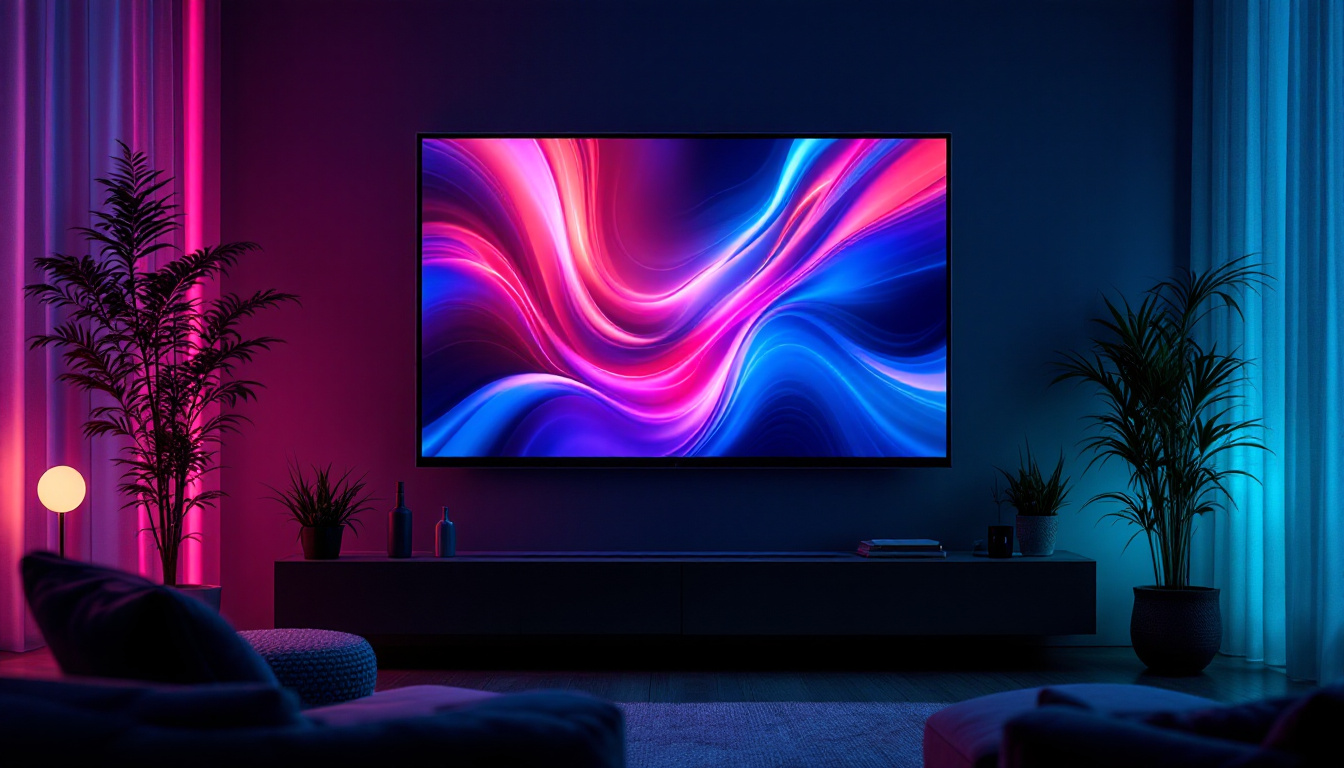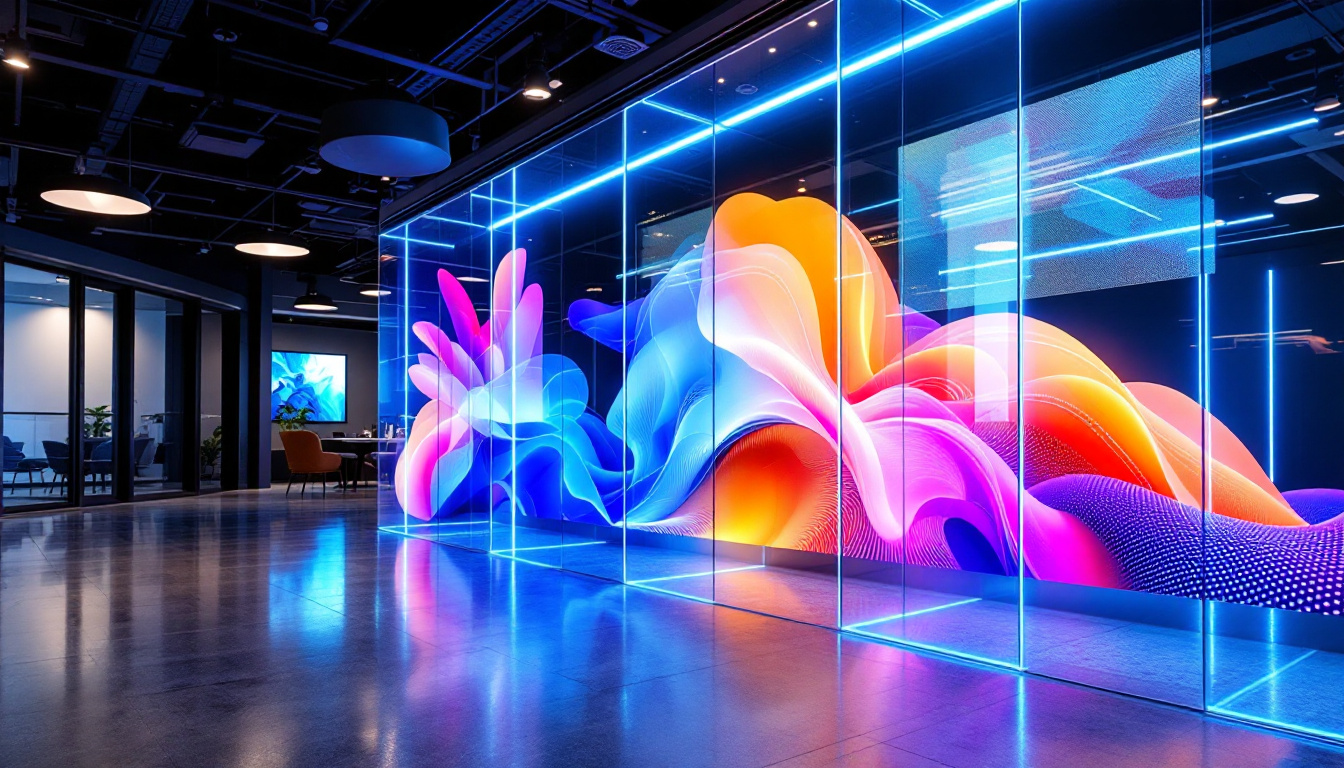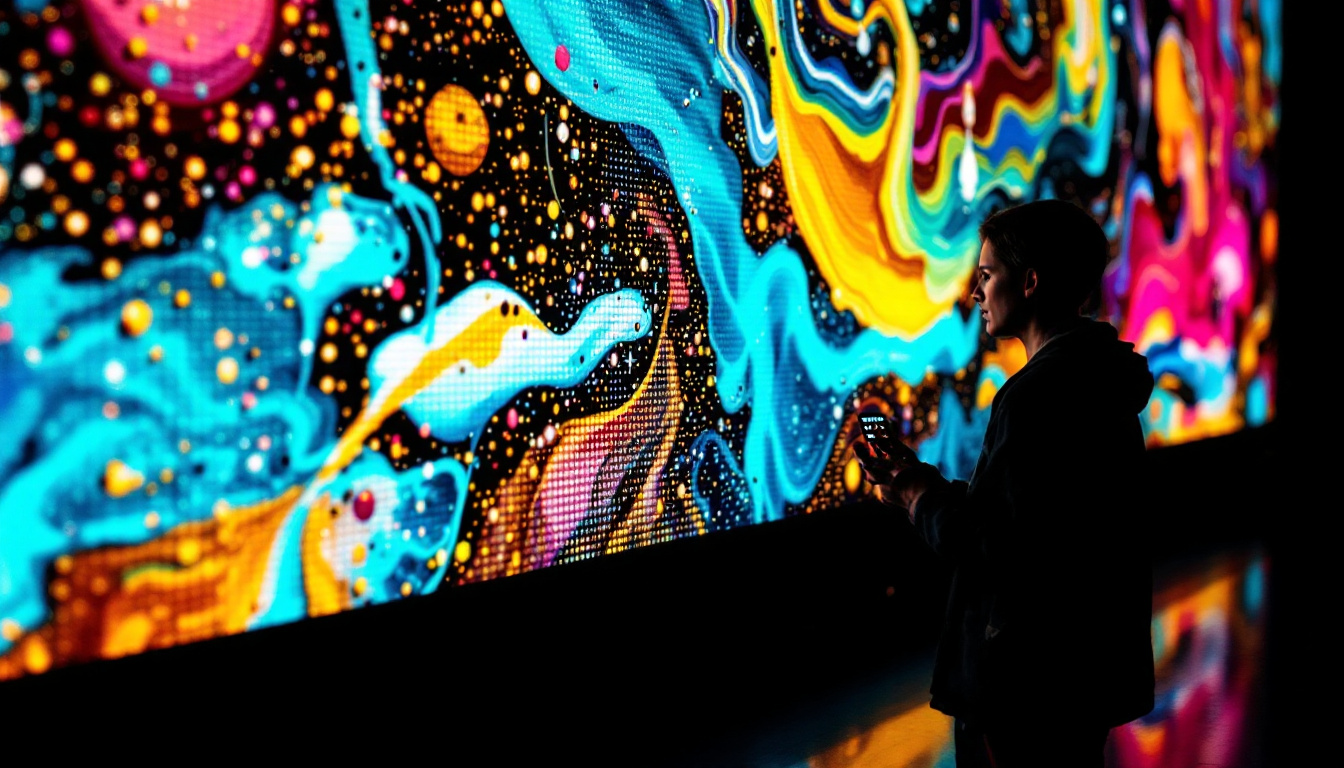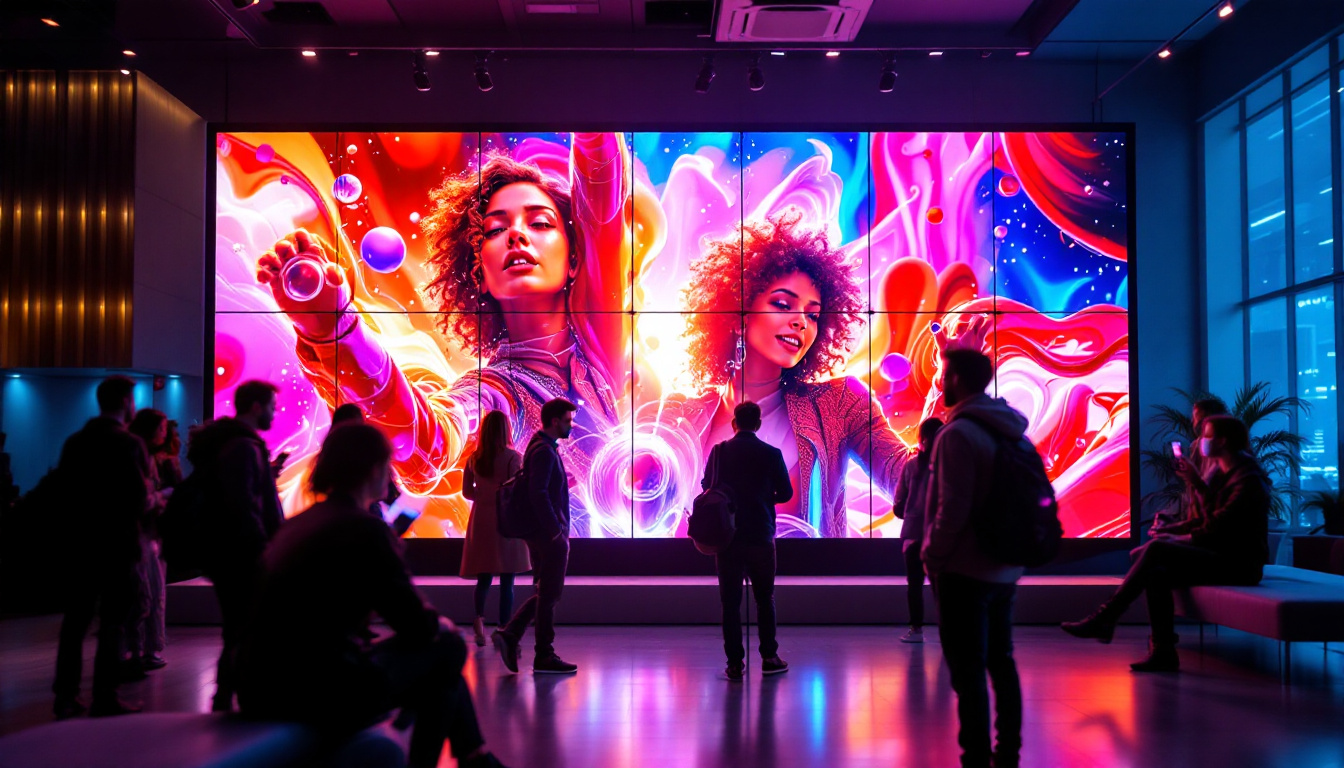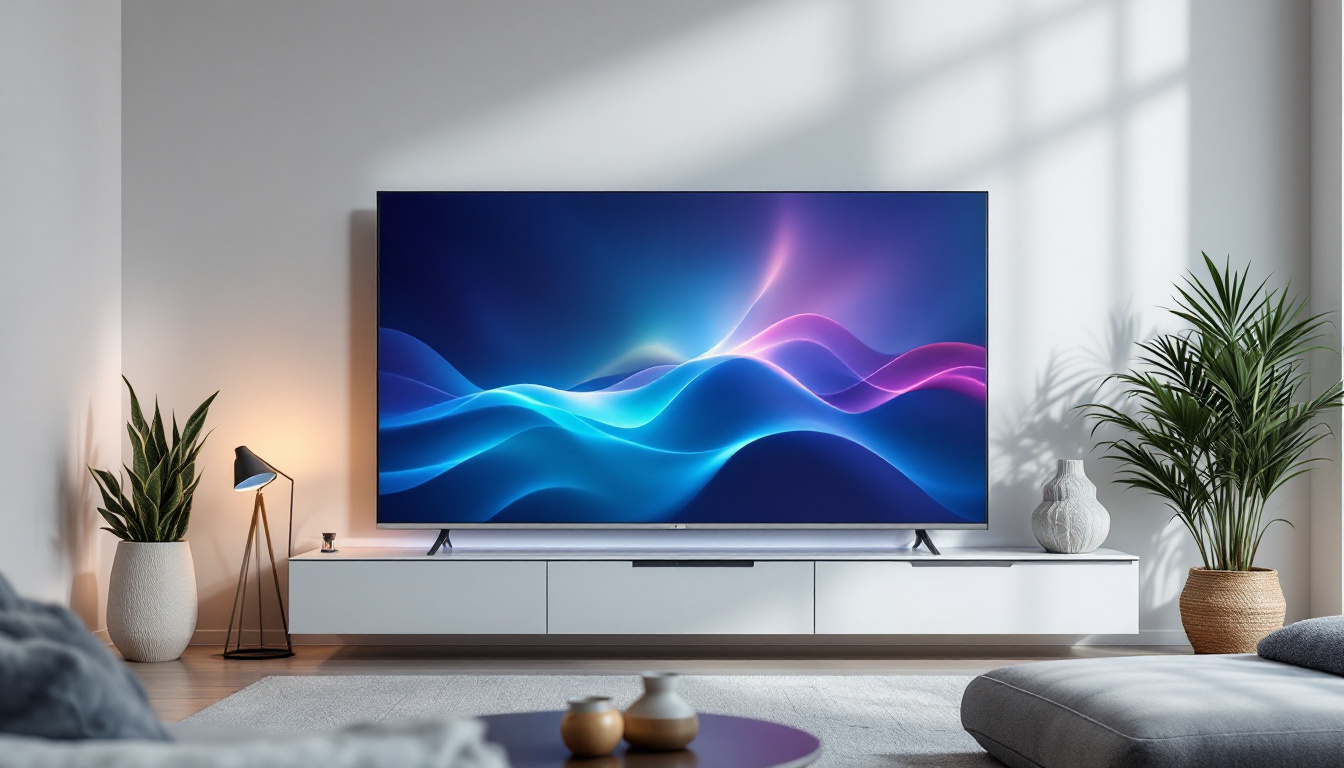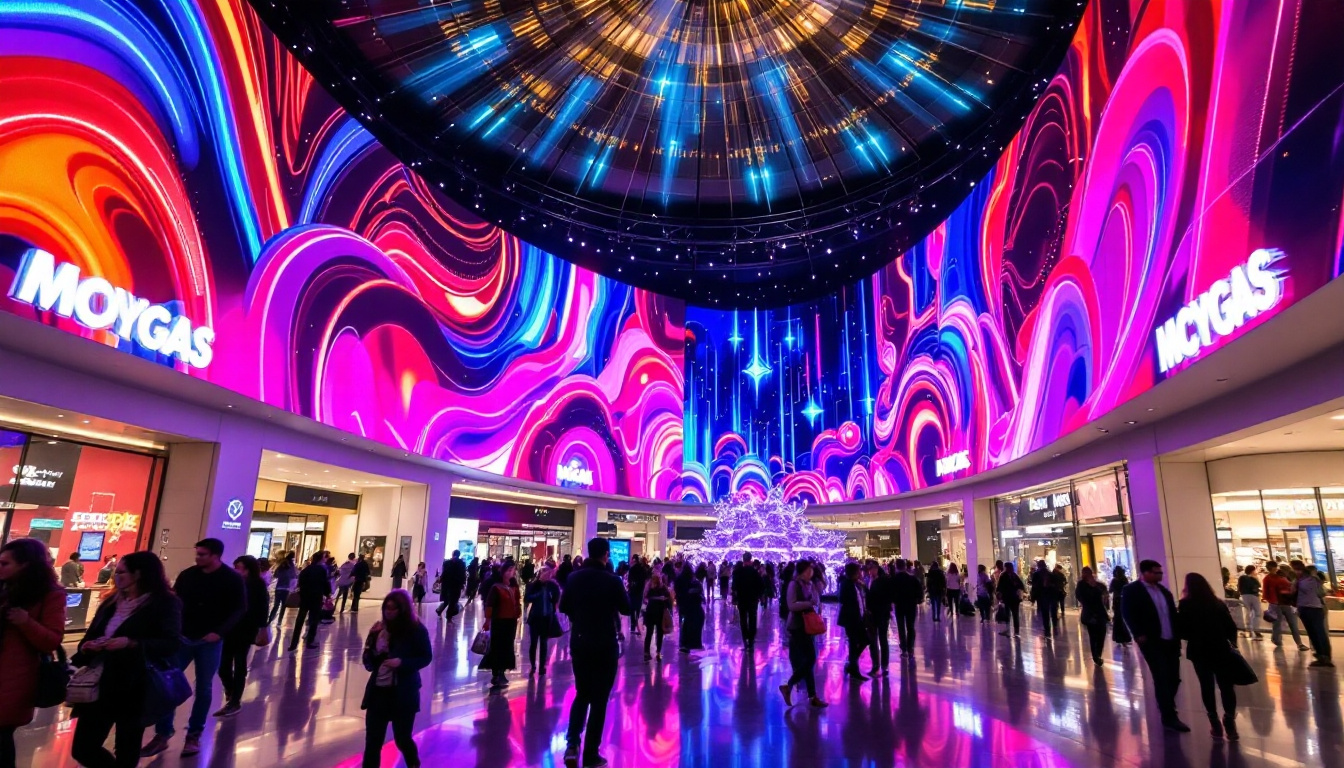In the world of modern technology, LED displays have become a staple in various industries, from advertising to entertainment and beyond. Their vibrant colors, energy efficiency, and versatility make them an ideal choice for numerous applications. This article delves into the intricacies of LED displays, exploring their functionality, types, benefits, and the factors to consider when purchasing them.
Understanding LED Technology
Light Emitting Diodes (LEDs) are semiconductor devices that emit light when an electric current passes through them. This technology has revolutionized the display industry by providing a more efficient and durable alternative to traditional lighting methods. Unlike incandescent bulbs, LEDs do not rely on filaments, which makes them less prone to breakage and longer-lasting. Furthermore, LEDs consume significantly less energy compared to their incandescent counterparts, making them not only a cost-effective solution but also an environmentally friendly one. The reduced energy consumption translates to lower electricity bills and a smaller carbon footprint, appealing to both consumers and businesses alike.
How LED Displays Work
LED displays consist of numerous tiny LEDs arranged in a grid. Each LED can emit different colors, and by controlling the intensity of each light, a full spectrum of colors can be produced. The combination of red, green, and blue (RGB) LEDs allows for the creation of vibrant images and videos. The display’s resolution is determined by the number of pixels it contains, with higher pixel counts resulting in sharper images. This pixel density is particularly important in applications where viewers are close to the screen, such as in smartphones and tablets, where the clarity of the display can significantly enhance the user experience.
When an image is displayed, the LEDs light up in specific patterns, creating the desired visual output. This rapid switching capability enables LED displays to show dynamic content, making them ideal for applications such as digital signage and live events. Moreover, the technology allows for real-time updates, which is crucial for environments like stock exchanges or news broadcasts, where information needs to be current and accurate. The versatility of LED displays also extends to their ability to adapt to various lighting conditions, maintaining visibility even in bright sunlight or dimly lit environments.
The Evolution of LED Displays
The journey of LED technology began in the early 1960s, but it wasn’t until the late 1990s that LED displays gained popularity for commercial use. Initially, they were limited to simple text displays. However, advancements in technology have allowed for the development of full-color LED screens that can display high-definition video. The introduction of organic LEDs (OLEDs) has further expanded the possibilities, offering even greater contrast ratios and color depth, which enhances the viewing experience significantly.
Today, LED displays are ubiquitous, found in everything from billboards and sports arenas to concert stages and retail environments. Their evolution continues as manufacturers strive to improve brightness, color accuracy, and energy efficiency. Innovations such as flexible LED screens are paving the way for new applications, enabling displays to be integrated into unconventional surfaces and shapes. This adaptability opens up exciting opportunities for creative advertising and artistic installations, allowing for a more immersive experience that captivates audiences in ways previously unimaginable. As technology progresses, we can expect to see even more groundbreaking developments in LED display technology, further transforming how we interact with visual media.
Types of LED Displays
Understanding the different types of LED displays is crucial for selecting the right one for specific applications. Each type has its unique features and use cases, catering to various needs in the market.
Direct View LED Displays
Direct view LED displays are composed of individual LEDs that create the image directly. These displays are known for their exceptional brightness and are often used in outdoor settings, such as billboards and stadium screens. The ability to produce vivid colors and high contrast ratios makes them ideal for capturing attention in high-traffic areas.
One of the significant advantages of direct view LED displays is their scalability. They can be configured in various sizes and shapes, allowing for creative installations that can fit any space. However, they can be more expensive than other types of displays, making them a significant investment for businesses.
LED Video Walls
LED video walls are composed of multiple smaller LED panels that work together to create a larger display. This type of display is commonly used in control rooms, conference centers, and entertainment venues. The modular nature of video walls allows for easy customization in terms of size and resolution.
One of the standout features of LED video walls is their ability to display high-resolution content with seamless transitions between panels. This makes them perfect for presentations, live events, and immersive experiences. However, proper calibration and installation are essential to ensure a cohesive visual output.
OLED Displays
Organic Light Emitting Diode (OLED) displays are a newer technology that offers several advantages over traditional LED displays. Unlike standard LEDs, OLEDs emit light from organic compounds, allowing for thinner and more flexible displays. This technology is often used in smartphones, televisions, and high-end monitors.
OLED displays are known for their superior color accuracy and contrast ratios, as they can turn off individual pixels completely, resulting in true blacks and vibrant colors. However, they can be more expensive and may have a shorter lifespan compared to traditional LEDs, making them a consideration for specific applications.
Benefits of LED Displays
The adoption of LED displays has surged due to their numerous benefits. Understanding these advantages can help businesses and organizations make informed decisions when investing in display technology.
Energy Efficiency
One of the most significant advantages of LED displays is their energy efficiency. Compared to traditional lighting technologies, LEDs consume significantly less power, which translates to lower operating costs. This energy efficiency not only benefits the environment but also helps businesses reduce their electricity bills.
Moreover, many LED displays are designed to operate at lower temperatures, which can reduce cooling costs in large installations. This efficiency makes LEDs an attractive option for organizations looking to minimize their carbon footprint while maximizing their display capabilities.
Durability and Longevity
LED displays are built to last. With no fragile filaments or glass components, they are less susceptible to damage from impacts or environmental factors. This durability makes them suitable for both indoor and outdoor applications, where exposure to the elements can be a concern.
Additionally, LED displays have a longer lifespan compared to traditional displays. Many LED products are rated for tens of thousands of hours of use, which means less frequent replacements and maintenance. This longevity can lead to significant cost savings over time.
Versatility and Customization
LED displays offer unparalleled versatility. They can be used in a wide range of applications, from advertising and branding to information dissemination and entertainment. Their modular design allows for customization in size, shape, and resolution, enabling businesses to create unique visual experiences tailored to their specific needs.
Whether it’s a large outdoor billboard, a dynamic video wall in a conference room, or a sleek display in a retail environment, LED technology can be adapted to fit any context. This flexibility is a key reason why many organizations are turning to LED displays for their visual communication needs.
Factors to Consider When Purchasing LED Displays
Investing in LED display technology requires careful consideration of several factors to ensure the selected product meets the specific needs of the application. Understanding these factors can help organizations make informed decisions and avoid costly mistakes.
Resolution and Pixel Pitch
Resolution is a critical factor in determining the quality of an LED display. Higher resolutions provide sharper images and more detailed visuals, which are essential for applications such as video walls and digital signage. Pixel pitch, which refers to the distance between individual pixels, plays a significant role in resolution. A smaller pixel pitch results in a higher resolution and better image quality, particularly when viewed from close distances.
When selecting an LED display, it’s essential to consider the viewing distance and the type of content that will be displayed. For instance, a display intended for close viewing, such as in a retail environment, will require a smaller pixel pitch compared to a billboard viewed from a distance.
Brightness and Contrast Ratio
Brightness is another crucial factor to consider, especially for outdoor displays that need to compete with sunlight. Measured in nits, the brightness level of an LED display determines how well it can be seen in various lighting conditions. A higher brightness level is essential for outdoor applications, while indoor displays may require less brightness.
Contrast ratio, which measures the difference between the brightest and darkest parts of an image, also affects the overall visual quality. A higher contrast ratio results in more vibrant colors and better image clarity, making it an important consideration for any LED display purchase.
Installation and Maintenance
The installation process for LED displays can vary significantly depending on the type and size of the display. It’s essential to consider the space where the display will be installed and whether any structural modifications are necessary. Additionally, some displays may require specialized mounting hardware or professional installation services.
Maintenance is another critical aspect to consider. While LED displays are generally low-maintenance, regular cleaning and occasional servicing may be required to ensure optimal performance. Understanding the manufacturer’s recommendations for maintenance can help organizations plan accordingly and avoid unexpected downtime.
Conclusion
LED displays have transformed the way businesses communicate visually, offering a range of benefits that make them an attractive option for various applications. From their energy efficiency and durability to their versatility and customization options, LED technology continues to evolve and adapt to meet the needs of modern organizations.
When considering an investment in LED displays, it’s essential to evaluate factors such as resolution, brightness, and installation requirements. By making informed decisions, businesses can leverage the power of LED technology to enhance their visual communication and engage their audiences effectively.
As technology advances, the future of LED displays promises even greater innovations, making them a vital component of any organization’s marketing and communication strategy. Embracing this technology can lead to enhanced brand visibility and improved customer engagement, ultimately driving success in today’s competitive landscape.
Discover LumenMatrix’s Innovative LED Solutions
Ready to elevate your visual communication strategy with cutting-edge LED technology? Explore LumenMatrix’s comprehensive range of LED display solutions, designed to captivate your audience and amplify your brand’s presence. From vibrant Indoor and Outdoor LED Wall Displays to dynamic Vehicle and Sports LED Displays, our products are crafted to deliver unparalleled visual experiences. Embrace the future with our innovative LED Poster Displays, Floor LED Displays, Custom configurations, All-in-One solutions, and Transparent Displays. Experience the revolution in digital signage and let LumenMatrix empower your business to shine. Check out LumenMatrix LED Display Solutions today and transform your space into a beacon of engagement.





